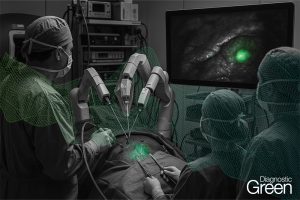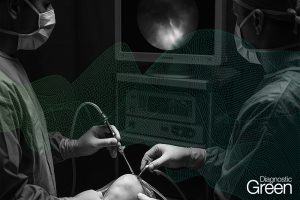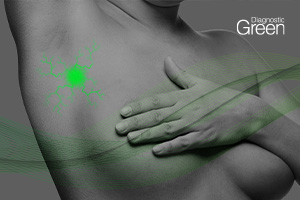The vascular supply of the pelvic structures and the external genitalia can be easily injured during the one-stage delayed bladder closure and radical soft-tissue mobilization (Kelly procedure) for bladder exstrophy surgical repair. Aiming to help surgeons assessing and confirming tissue perfusion and viability, indocyanine green (ICG)-based laser angiography was incorporated into the operative approach to reduce the risk of ischemic injuries.
The EleVision IR system (Medtronic Ltd) was adopted to confirm the identification of the vascular pedicles and assess the tissue perfusion in real-time in a 5-month-old with bladder exstrophy undergoing the one-stage delayed bladder closure and radical soft-tissue mobilization (Kelly procedure). ICG (0.15 mg/kg) was intravenously administered at 6 key steps during surgery with the ability to be re-dosed every 15 minutes. ICG-based laser angiography helped to confirm the correct identification of the vascular structures during surgery and to assess tissue perfusion in real-time. Blood flow did not change considerably after initial dissection or upon approximating the pubis symphysis. At the end of the procedure, good penile perfusion was shown, proving that no direct injury or substantial compression of the pudendal vessels had occurred following the mobilization and the reconstructive phase.
ICG-based laser angiography proved to be safe, effective, and easy to employ and should be considered as a reasonable adjunct for tissue perfusion assessment and operative decision-making in patients undergoing bladder exstrophy Kelly repair.




